The Google Bay View Campus is an extraordinary architectural endeavor added to Google’s collection of workspaces meant to facilitate creativity, sustainability, and teamwork. With its campus based in Mountain View, California, Bay View is unique as it serves as the Google workspace and takes a new approach to office architecture through environmental-friendly design and employee-centric amenities. Designed in collaboration with Bjarke Ingels Group (BIG) and Heatherwick Studio, the base represents Google’s commitment to encouraging a creative, healthy, and friendly environment in the workplace.
This article explores the architectural features, sustainable technologies, and employee-centric facilities offered in Bay View Campus, making it an ideal workplace, and how it reflects the innovative and eco-friendly nature of Google. Established in 1998 by Larry Page and Sergey Brin, Google grew faster than a research project into a technological empire. From search engines to artificial intelligence (AI), there is a strong drive towards constant innovation at Google, and this is represented in the design of its campus buildings, which shows the company’s belief in the advancement of future technologies.
The Architectural Features of Bay View Campus
Completed in 2022, Google’s Bay View development shows the futuristic approach to the office environment, focusing on sustainability, openness, and employee health. This 1.1 million-square-foot campus is located in Silicon Valley, and its purpose is to show Google’s dedication to eco-friendliness through its eccentric canopy roofs. These roofs feature 50,000 silver solar panels dressed in an artistic pattern called the dragon scale, which generates 40% of the campus’s energy while allowing natural light to penetrate the building. Design is focused on integrating aesthetics and optimizing the installation, thus minimizing the use of artificial lights and helping to reduce the campus’s overall carbon footprint.
Biophilic design principles, which promote connection with nature and employee wellness, are one of the fundamental design elements at Bay View. This is complemented by the design even with the interior, where there are indoor green areas coupled with large windows opening up to the San Francisco Bay, and natural materials are used throughout. Such design aspects that secure a peaceful, aesthetic environment make it easy to prove that natural-looking architectures can enhance both the psychological well-being of the workers and their productivity within the work environment.
The varying arrangements and sharing areas also contribute to the versatility of the campus, encouraging the spirit of innovation and teamwork among the workers. For this reason, Bay View presents a first-of-its-kind office design in which employee wellbeing is prioritized and incorporates environmental sustainability into the design, consistent with Google’s ideals.
Promoting Collaboration and Innovation
Innovation and proper teamwork are among the characteristics shown in the design of the Google Bay View Campus. The design facilitates the flexible team “neighborhoods” concept, where employees can customize spaces suitable for the respective projects. This type of layout encourages active movement and easy access to shared facilities such as meeting rooms, collaborative zones, and private offices. Google aims to create a workspace that shifts and adapts to the needs of its employees and makes it easier to engage in concentrated work or conversations between teams.
The workspaces’ layout is designed so that workers can enjoy panoramic views of San Francisco Bay. The open concept design stimulates socializing across departments and teams, hence promoting interactions and enhancing teamwork. The Bay View Campus reflects the idea that accessibility fosters creativity, as employees are given a dedicated collaboration area to interact in informal settings.
Google’s Dedication to Sustainability
Sustainability forms the core of Bay View’s framework, demonstrating the inclusion of features that minimize the impact of the campus on the environment. In addition to its broad solar roof, Bay View has North America’s most extensive geothermal pile system. (The system utilizes the ground’s natural temperature to heat or cool the building, which cuts the carbon emissions up to 50% and uses 90% less water than conventional systems.) These advancements align with Google’s initiative of running on carbon-free energy by 2030 and are also indicative of the company’s sustainability agenda.
Moreover, the ventilation system incorporates fresh air from the outside, which not only enhances the quality of air on the inside but also provides a comfortable environment. The focus on renewable energy, heating and cooling efficiencies, and sustainable materials aligns with Google’s overall environmental objectives, which focus on the need to protect the environment in every corporate space. The Google Bay View Campus has also attained a LEED certification as proof of its compliance with the best practices of sustainable design in the construction industry.
Architectural Reflection of Google’s Brand Values
Google Bay View Campus is more than just an office space; it embodies the architectural principles of the company’s brand essence. The campus layout focuses on transparency, accessibility, and openness, depicting the company’s culture of sharing information and communication with its employees. Such values are woven into the design of Bay View, allowing for interconnected flow with minimal barriers promoting employee engagement.
The selection of eco-friendly and advanced materials and construction techniques speaks about Google’s commitment to the environment and future-oriented development. The campus promotes the ethos of community development employed by Google by raising local art, including biophilic designs, and providing green architecture and interiors to create a bond between people and nature.
Unique Amenities for Employee Well-Being
At the Bay View Campus, the well-being of employees is at the forefront of some amenities that are put in place to encourage an active balance in their day-to-day activities. In this spirit lies utmost care of work-life balance inscribed into the design of the campus—fitness centers, games rooms, cafes, and relaxation areas. These amenities enable the workers to balance their professional and personal lives without leaving the workspace.
Besides, Bay View is equipped with wellness centers, meditation rooms, and outdoor walking pathways, allowing employees to de-stress and get in touch with nature during working hours. For onsite dining options, there are also a variety of dishes, from healthy bites to seated full-course dinners. These amenities reveal Google’s belief that there is a correlation between employee satisfaction and productivity and that there is a need to provide leisure activities to enhance the workplace environment.
Setting the Future Standard for Workplace Design
Google Bay View Campus shifts the paradigm of corporate architecture. Integrating sustainable design elements with adaptive working spaces and employee-centered amenities, Google has created a campus that is more than just an office. This type of workspace design emphasizes how Google wants to lead in redefining supremely productive workspaces that balance well with the employer’s well-being.
With Bay View, Google shows the world that workplaces can be playful and green while fostering personal and professional development. As Google continues to rise and stake its presence in almost every country, the architectural principles and values inherent to Bay View will probably shape the design of future campuses, establishing the norms for highly active and environmentally conscious workplaces.




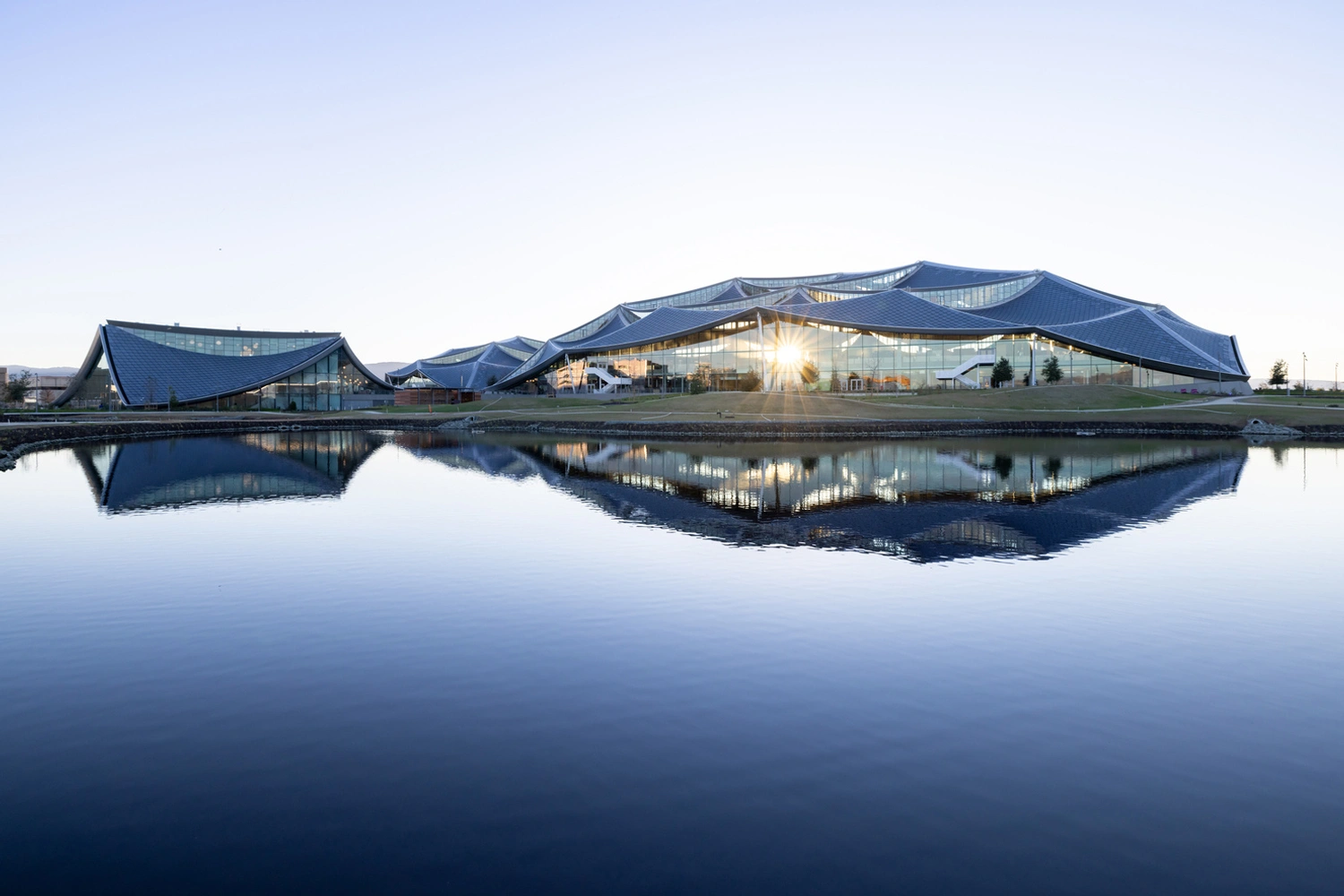
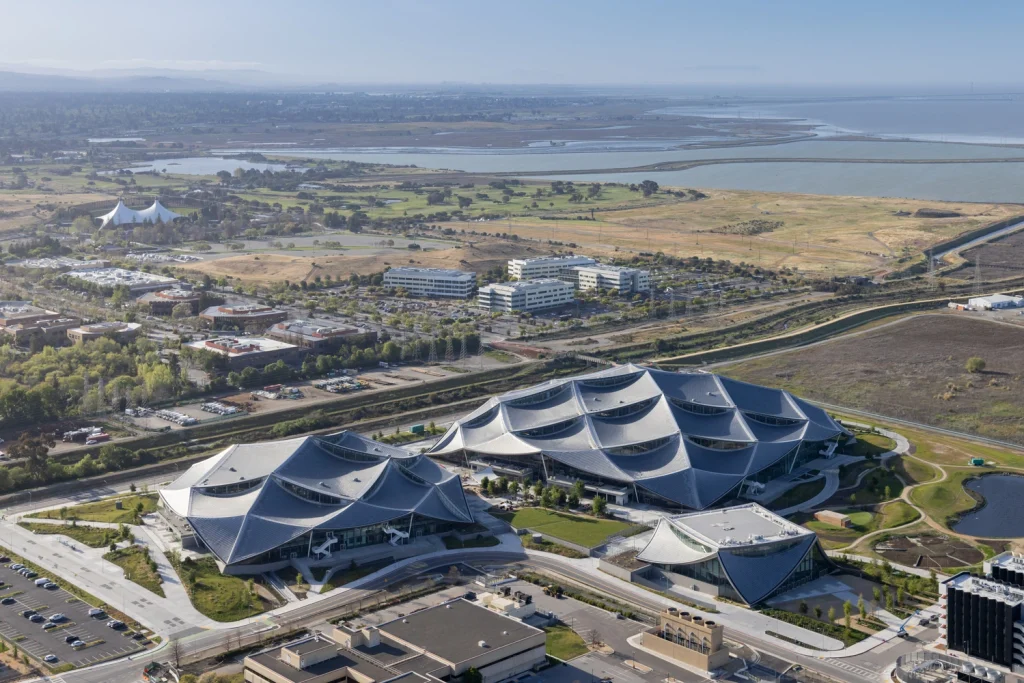
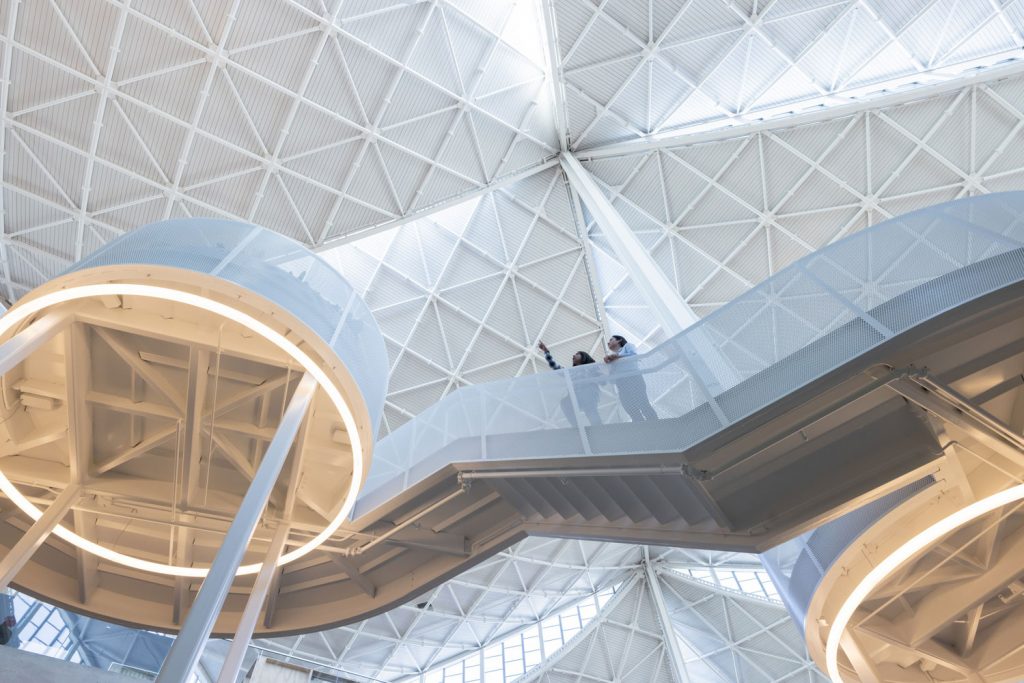
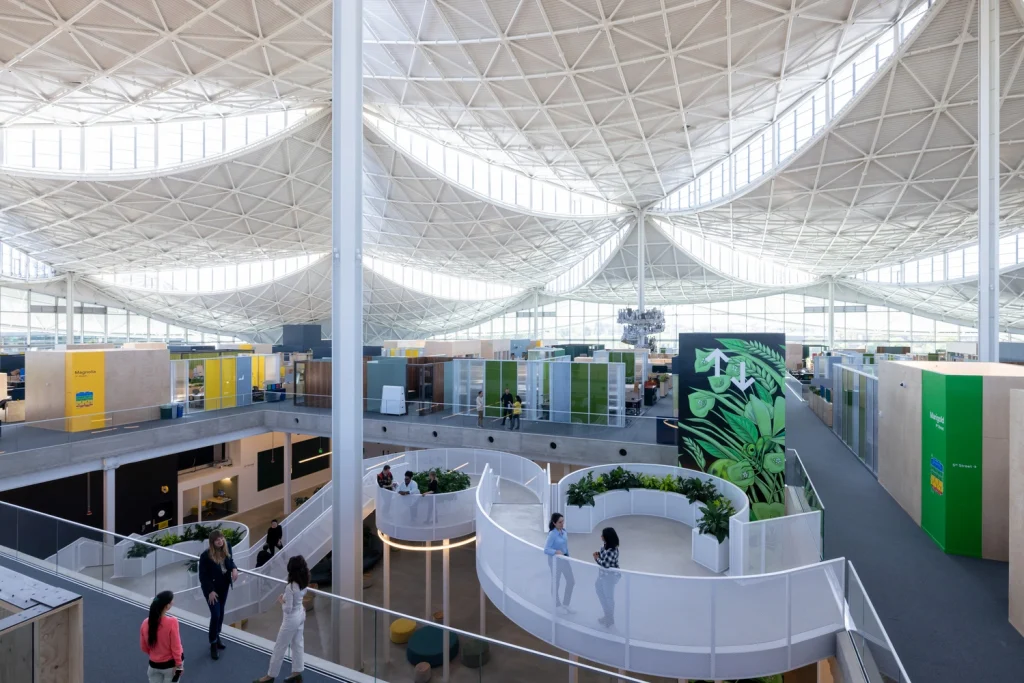
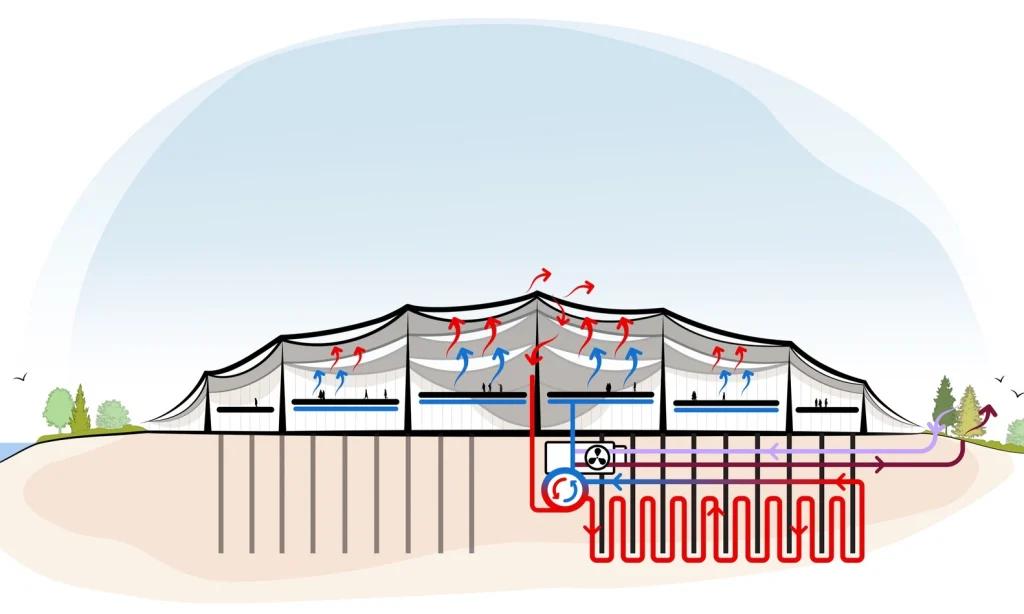

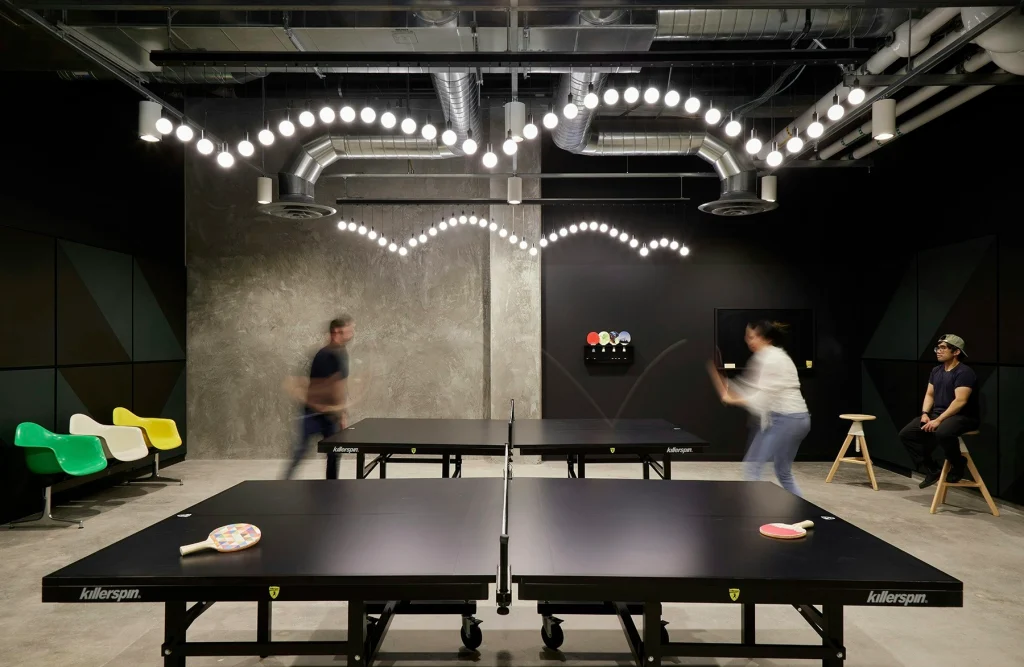
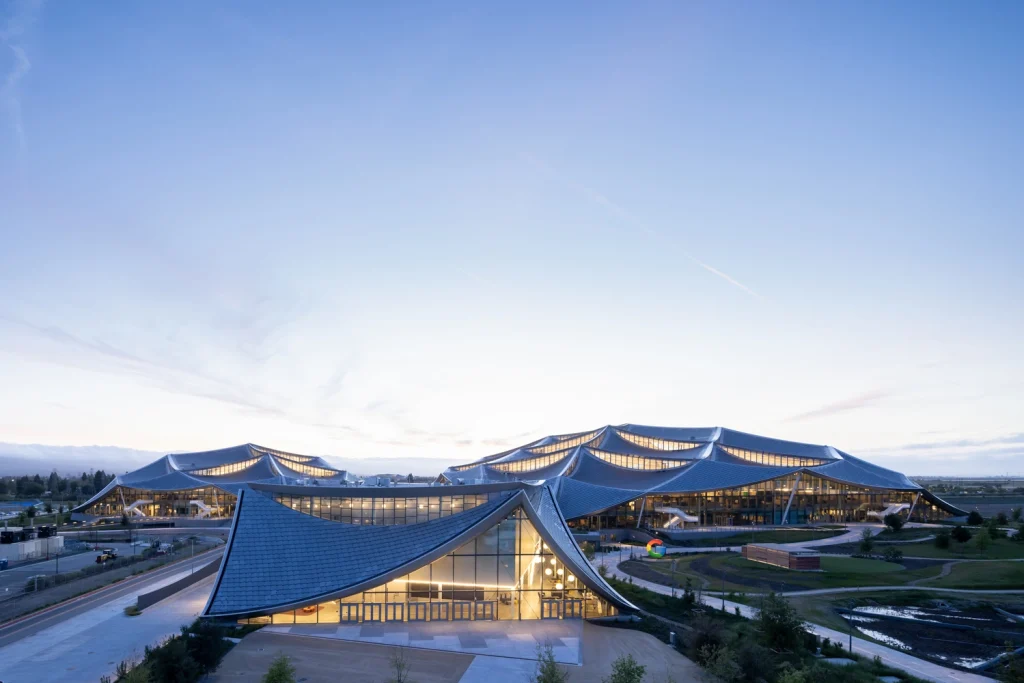
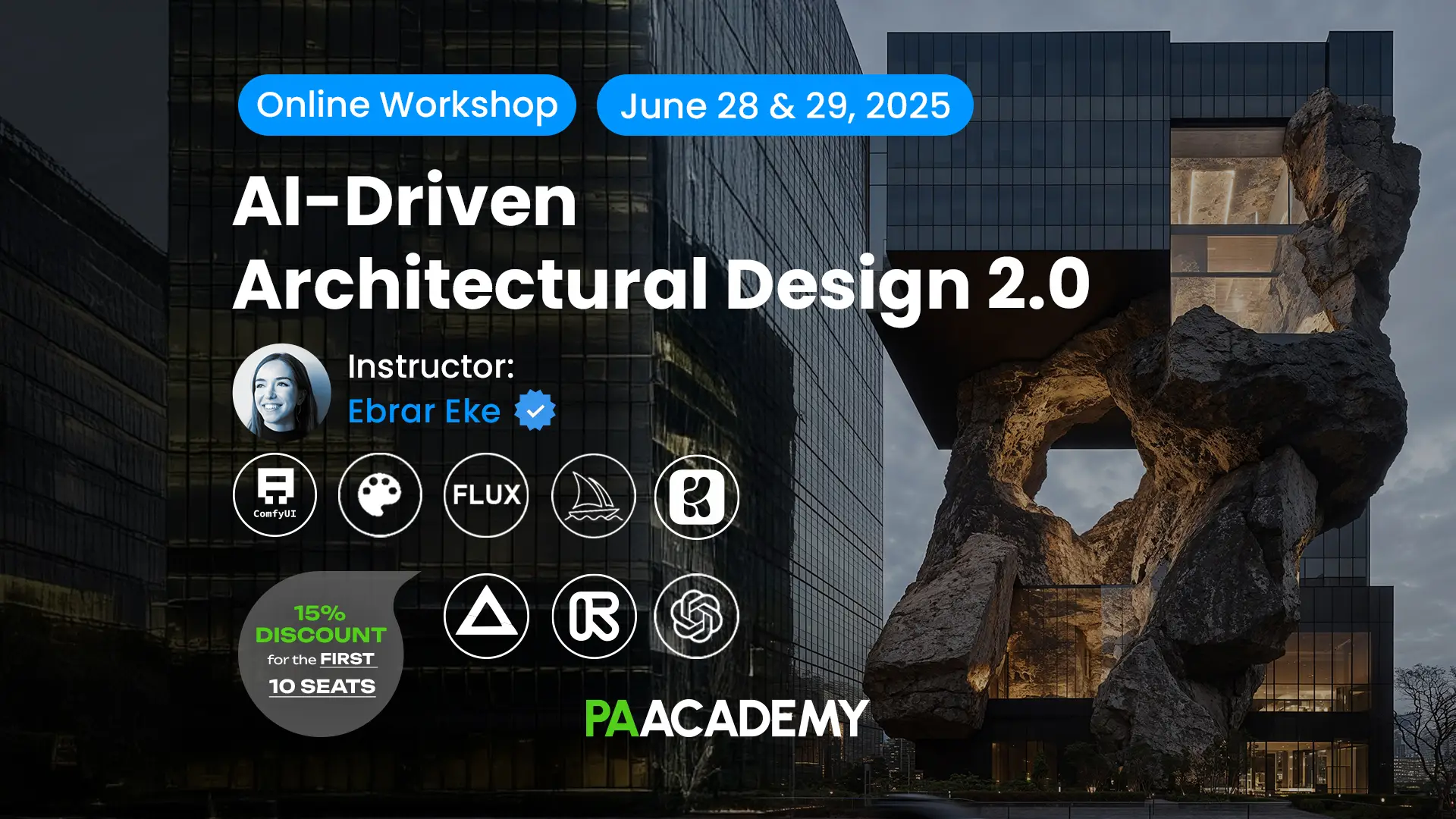
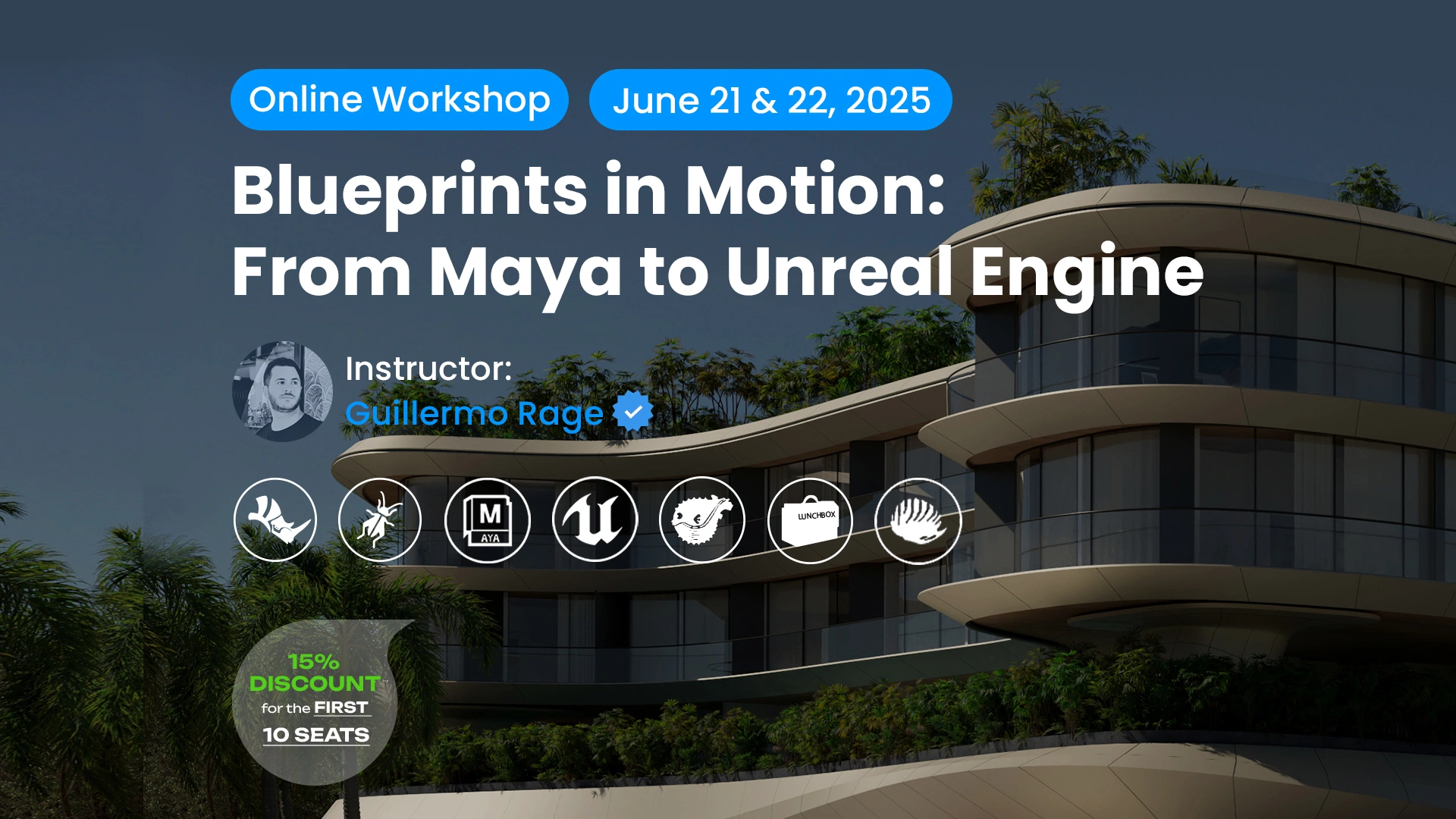
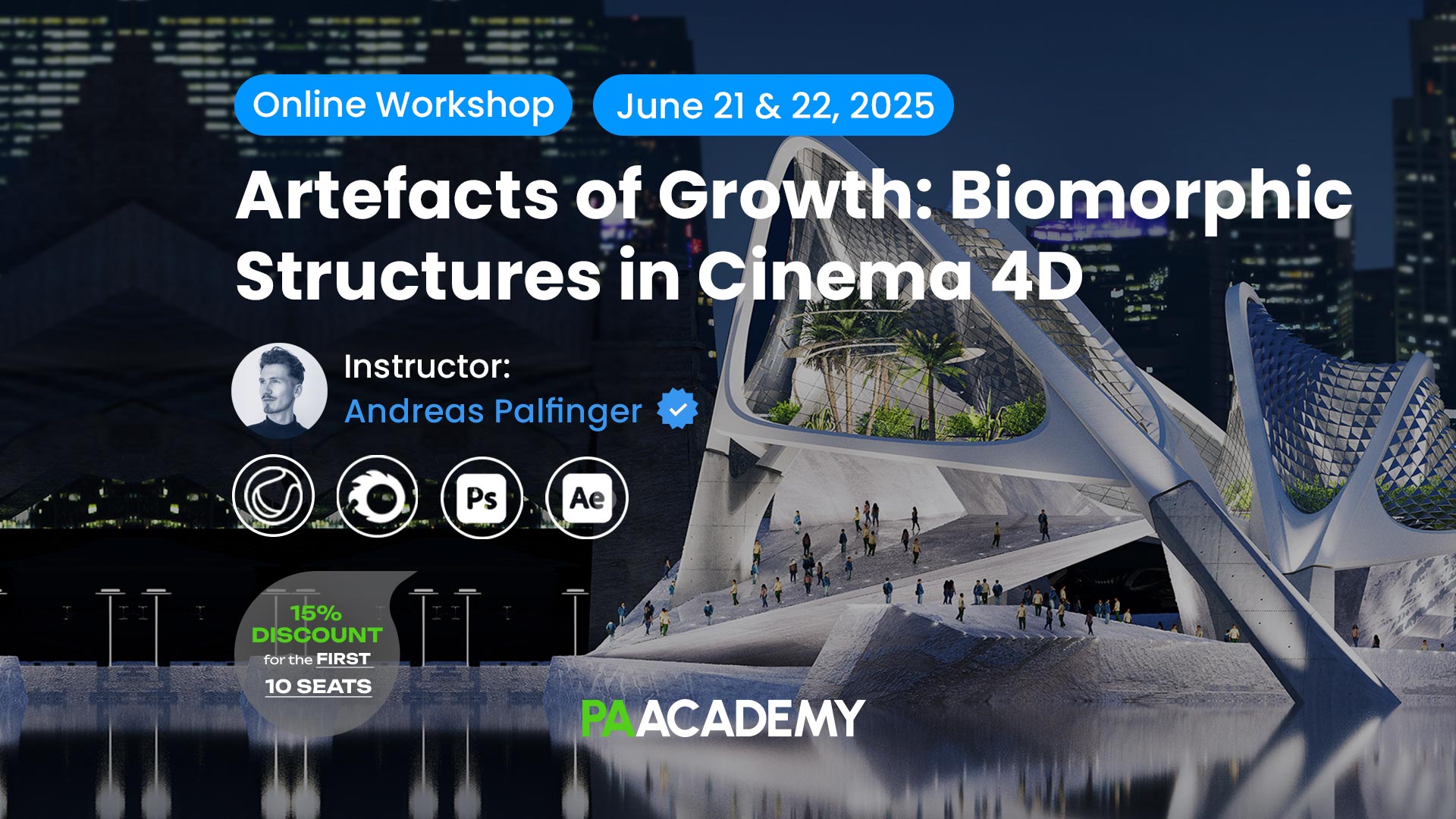
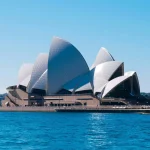










Leave a comment